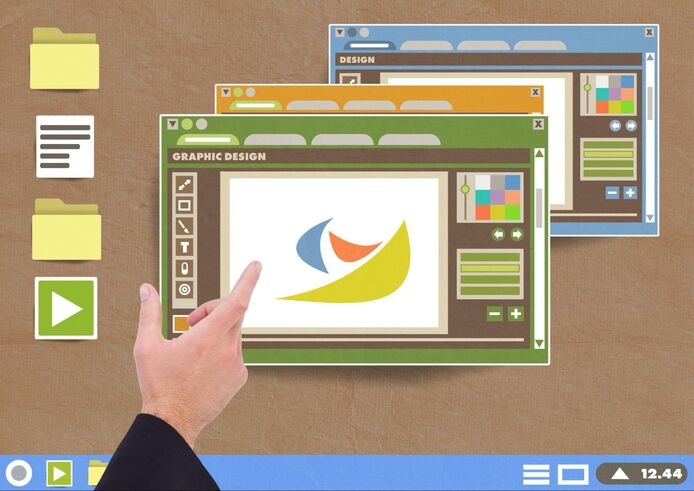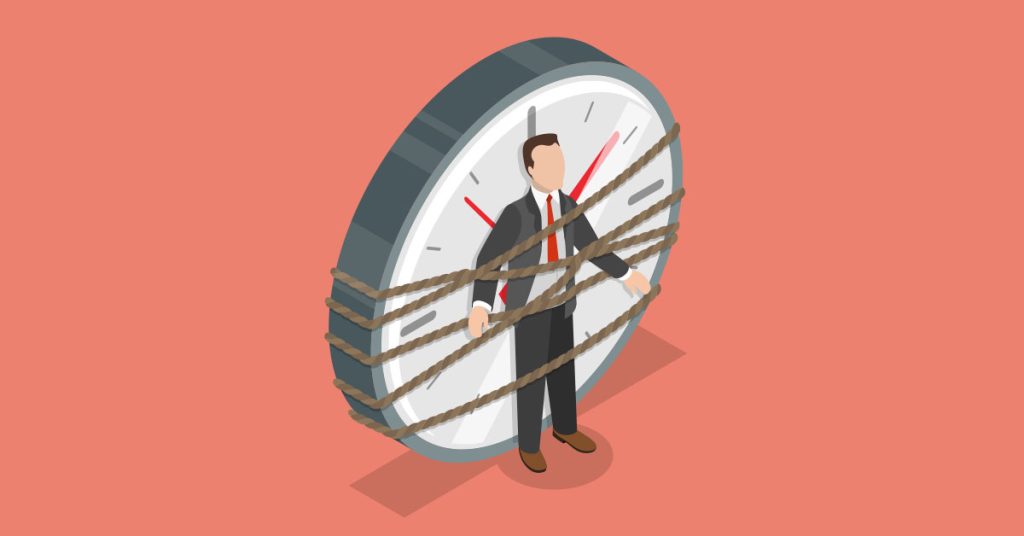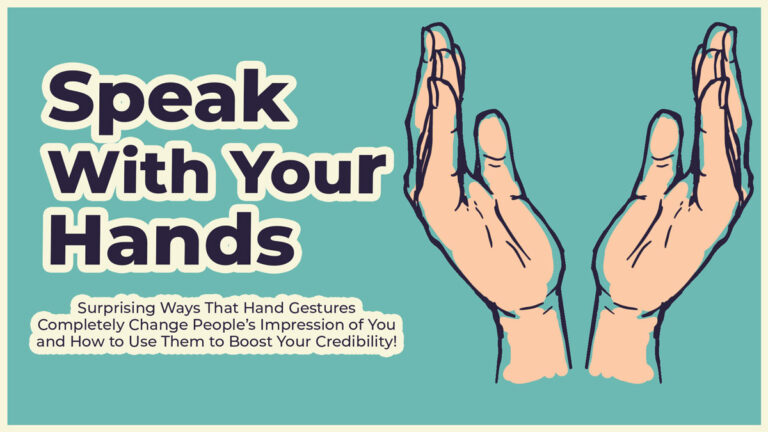Giving a presentation can feel challenging when you don’t have much time.
It’s important to share your message clearly and keep people interested.
With only a short window, you need to make every minute count.
Here are 5 simple tips to help you give a strong and engaging presentation, even when time is tight.
1. Focus on One Big Idea
When you have limited time, focus on just one big idea.
Pick the most important message you want your audience to remember.
If you try to cover too much, people may get confused and miss your main point.
Think about the single takeaway you want your audience to leave with.
Every part of your presentation should support this idea.
This makes it easier to prepare your content and helps the audience understand and remember.
Keeping things simple will make your message stronger.

2. Create a Clear Structure
A clear structure makes your presentation easier to follow.
Start with a brief introduction to explain what your presentation will cover.
Next, move to the body, where you give details to support your main idea.
Finish with a conclusion that sums up the key points.
The conclusion also gives the audience something to think about or act on.
This simple structure helps people know what to expect and keeps them focused.
Make sure each part connects smoothly so that your presentation flows well.

3. Prepare Your Content
Preparing well is key when you’re short on time.
Make sure all the facts and information you share are accurate and relevant to your main idea.
Be clear on each point you want to make so your message is focused.
The more prepared you are, the more confident you’ll feel while presenting.
Confidence will help keep your audience interested.
Also, think about what questions people might ask and have answers ready.
This way, you’ll be able to handle any questions quickly and still stay on schedule.

4. Use Visual Aids to Your Advantage
Visual aids like slides, charts, or videos can help explain things clearly and quickly.
Use simple visuals that aren’t overloaded with text or images.
Each one should have a clear purpose and support your main idea.
Don’t rely too much on visuals, though.
They should help, not replace, your words.
Make sure you know how to use them smoothly so that technical problems don’t distract your audience.
Good visuals help make your points clearer and easier to understand.

5. Rehearse to Establish Your Pacing
Rehearse your presentation to find the right speed.
Time each section to make sure you can finish on time without rushing.
Rehearsing will help you move smoothly from one point to the next.
Practise in front of a friend or a mirror to get feedback or see how you look.
The more you rehearse, the more comfortable and natural you’ll be when presenting.
Practising also helps you feel more relaxed so it’s easier to connect with your audience.

Plan Your Presentation Well So Your Message Stays Clear
Giving a great presentation in a short amount of time can be tough.
But it’s possible with good planning.
Your goal isn’t just to share information.
It’s for your message to stick with your audience even after you finish.
Follow these tips to help you make the most of your time and leave a lasting impact.


